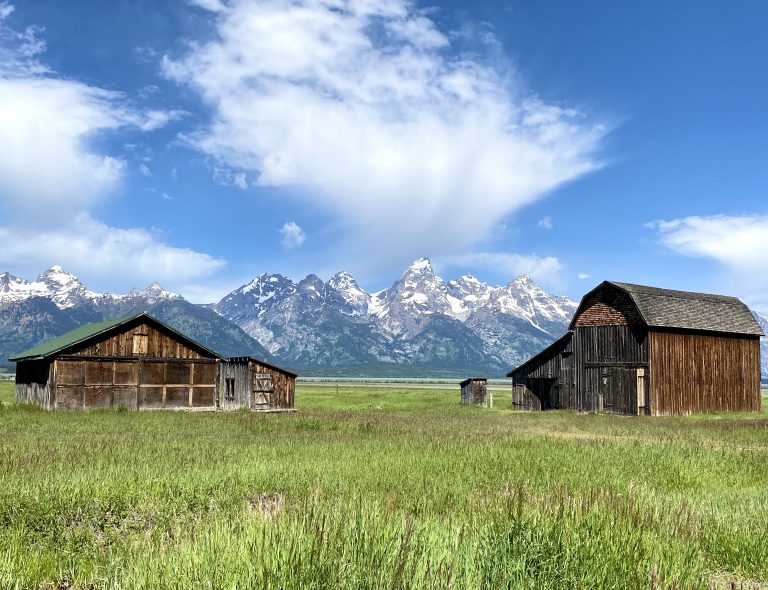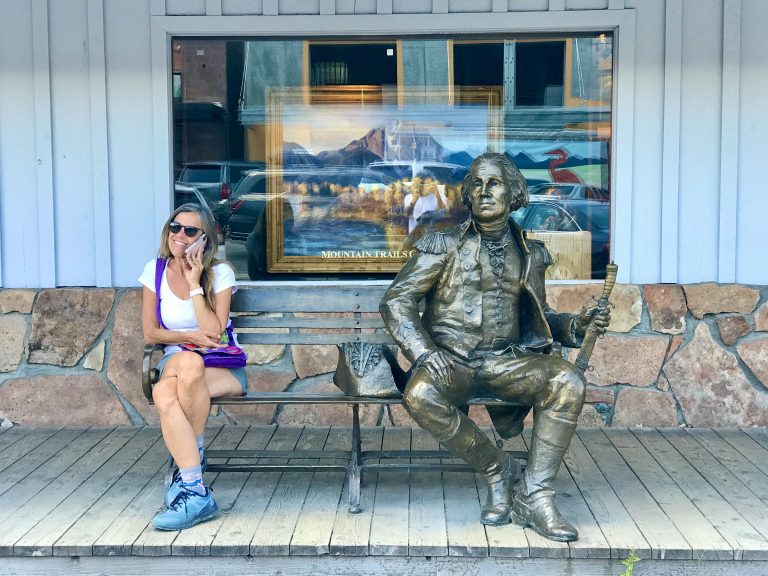July 3, 2020
11:30 pm: The four twenty-somethings camped across from us kept talking and getting in and out of their car a few yards away from us, activating the horn as they locked the doors. Their campfire smoke wafted into the truck making us sneeze and cough. Another camper nearby laughed long and hard at his own jokes.
12:00 am: I closed the windows and turned on the small 12-volt fan for some white noise and fell asleep.
1:00 am: I woke up and opened the windows and turned off the fan as it was finally quiet.
1:15: A light rain started and I closed the windows.
1:30 am: The rain stopped and I opened the windows.
1:30 am: A baby maybe a hundred feet away began crying and kept at it, inconsolable for an hour. I felt sorry for the parents, having been there.
2:00 am: A car drove by and then spent ten minutes maneuvering in front of us trying to park – with his headlights on.
6:30 am: We woke up and saw that the car last night was poaching and had simply parked near us to try to get a free night because the campground was full last night (and had been for 16 hours–and there were no fewer than three “campground full” signs).
My ears are tuned to nature when I camp and I tend to hear everything. That makes it hard for me to sleep when we stay at a large campground, like the one at Colter Bay in the Grant Tetons with its the 300+ campsites, especially around a holiday. We much prefer to boondock somewhere in a national forest or on BLM (Bureau of Land Management) land rather than in a large campground.
Much of the time, we’re the only campers within miles. Sometimes, like in the Uinta mountains in Utah, even dispersed camping doesn’t provide solitude. But most national parks have only large campgrounds and don’t allow dispersed camping other than for backcountry hikers.
Bottom line—I didn’t sleep well. Susan, on the other hand, sleeps through almost anything and woke up refreshed. I was glad that today we’d planned an easier day than yesterday’s 12 miles of hiking.
As we drove out of the campground after breakfast, we passed a seemingly endless line of cars and RVs that had just arrived for the holiday weekend. Most were too late to score a campsite, but those near the front of the line had a chance at getting a site if other campers checked out before the 4th.
Our first stop of the day was the overlook where Ansel Adams took his famous photo of the Tetons with the aptly-named Snake River twisting its way through the foreground. The trees are taller now than they were when he took the photo in 1942, and they obscure some of the river’s curve, and though Susan didn’t stand on top of our vehicle to capture the image she still managed to replicate the image nicely.
Our next stop was an old Mormon settlement, now abandoned. It was one of the most beautiful sites for a settlement we’d ever seen, under the shadow of the Tetons.
The Mormon pioneers traveled to the Tetons from the Salt Lake area in the late 1800’s and chose this location for their homesteads because of its fertile soil, natural wind protection from nearby buttes, and river access.
Then we drove back into the town of Jackson to re-explore the city now that we had more time and the weather was perfect. There were many shops open and all required masks to enter. We don’t typically souvenir shop, but we each found a shirt (mine new and Susan’s second hand) that will bring back memories of our trip to the Tetons.
Along the trail, we chatted with a couple from Missouri who were concerned about getting lost on the rest of the loop trail (most people just walked to the lake and then back—we looped it). I had my Gaia GPS app and showed them where the turns were and they seemed relieved until we fell behind looking at the views. Once we caught up they were obviously relieved to see us again and followed us from that point on.
The rest of the trail wound up and down through blueberry-studded hillsides (in August there would be a bumper crop—and bears), around noisy creeks and willow marshes and along hillsides with conifers and aspen. It was one of the most beautiful trails yet.
We hadn’t quite recovered from yesterday’s epic hike so we were glad to end this one back at the parking lot.
We drove the 30 miles back to Colter Bay campground and then walked the one-mile trail to the shower facility for a quick sponge off (real showers would come tomorrow) and felt much better for it.
Dinner that night was so disinteresting we could barely remember what it was a couple of hours later. It was mostly calories. My watch app told me I’d burned 3,000 calories the day before (not including while sleeping) and I was pretty sure neither of us were keeping up with enough caloric intake even though we each had a chocolate chip cookie after dinner. Our watch apps also told us that we’d somehow clocked over 10 miles of hiking and walking again—almost as much as yesterday.
Because of the disturbed sleep the night before, it was hard to contemplate a planned vigorous canyon hike the next day. Unlike other vacationers, I surmised that when we travel we typically lose weight and return in better shape. But the scenery here and the clear 75-degree days begged for being outdoors and hikes are how we enjoyed being outside.
After dinner we lit a bug coil and finally relaxed, neither of us up for a campground walk.
















